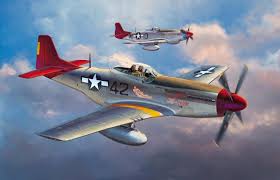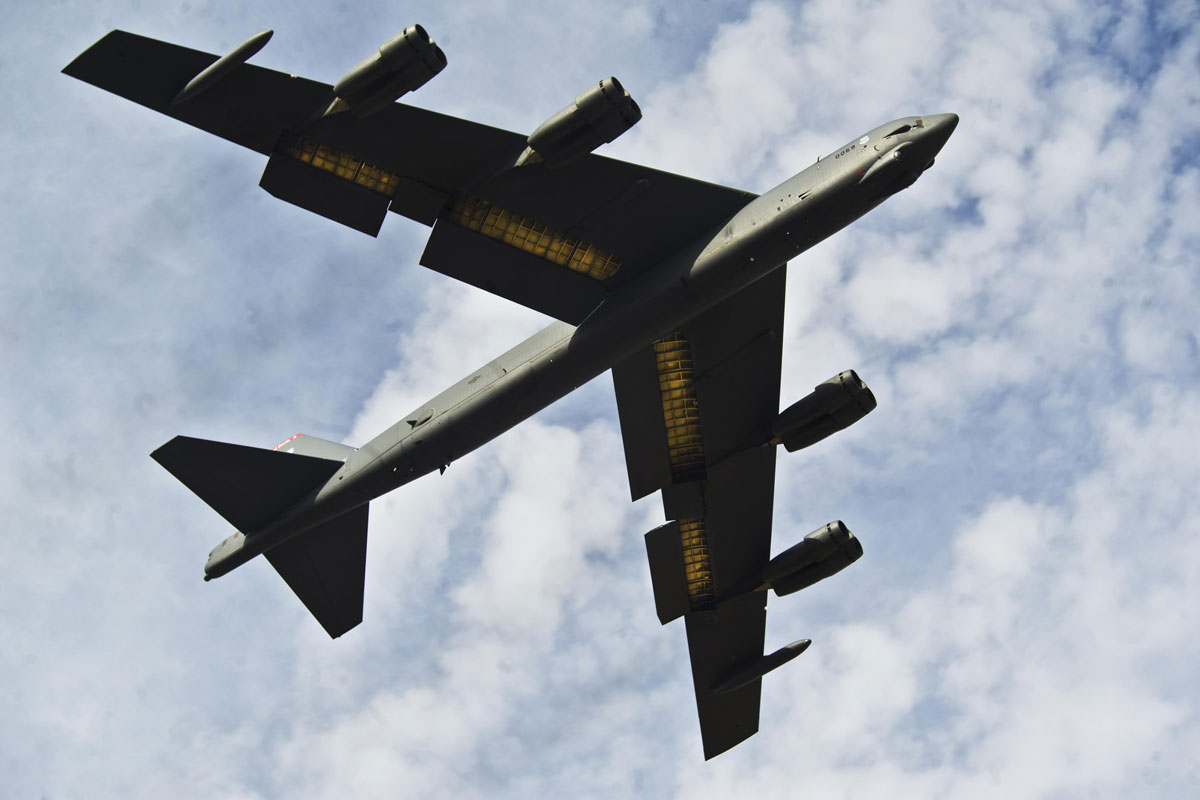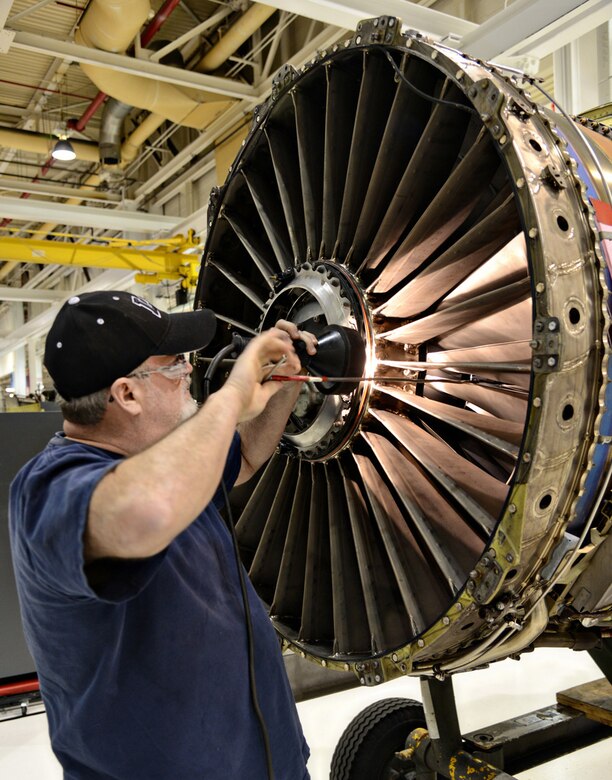Does everyone poo-pooing Rolls Royce forget what may be the biggest military aviation collaboration in history? I've already mentioned the many other US Military machines powered by Rolls or Rolls/Allison partnerships over the years, and remember, Rolls now owns ALL of Allison Engine Company's tech and resources.
C-130, A7D/E Corsair, P-3, C-2, E3, V-22, F-35B, a myriad of helicopters, and more. But I'll give you a hint on the big one. And we should all be glad and thankful for it......

C-130, A7D/E Corsair, P-3, C-2, E3, V-22, F-35B, a myriad of helicopters, and more. But I'll give you a hint on the big one. And we should all be glad and thankful for it......




